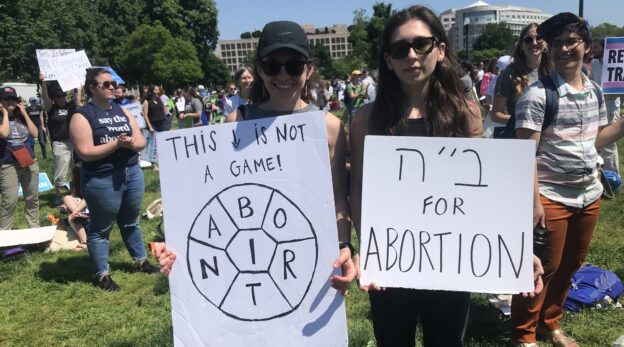A piece I wrote for Forward, about ending violence at the Kotel, appeared before Tisha B’Av and can be read here.


A piece I wrote for Forward, about ending violence at the Kotel, appeared before Tisha B’Av and can be read here.

A rumination on the “good guys stopping bad guys” trope was the topic of my Ami column last week. It can be read here.

A piece I wrote for Religion News Service about the expansion of the “right” to euthanasia can be read here.

My Ami column of last week can be read here.

A piece I wrote about the misrepresentation of the Jewish view of abortion and the media’s ignoring of authentic Jewish thought on the issue was published at Religion News Service. It can be read here.

My thoughts on the obnoxious actions of a group of young Orthodox Jews at the Robinson’s Arch area of the Western Wall, and on some of the reaction to them ,can be read here.

An unprecedented campaign of vilification and false accusations, fueled by unconcealed animus, is being waged against the members – at least most of them – of the highest court in the land. My thoughts on the matter can be read here.

An expansion on Agudath Israel’s stance on the reversal of Roe can be read here.

My Ami piece last week, about the bipartisan gun safety bill that was signed into law, can be read here.

Religion News Service ran a piece I wrote about the U.S. Supreme Court’s ruling that a school voucher program in Maine violates the Bill of Rights’ “free exercise” clause because it excludes schools that require religious instruction. It explains that the “high wall” of church-state separation is more akin to a fence. The essay can be read here.